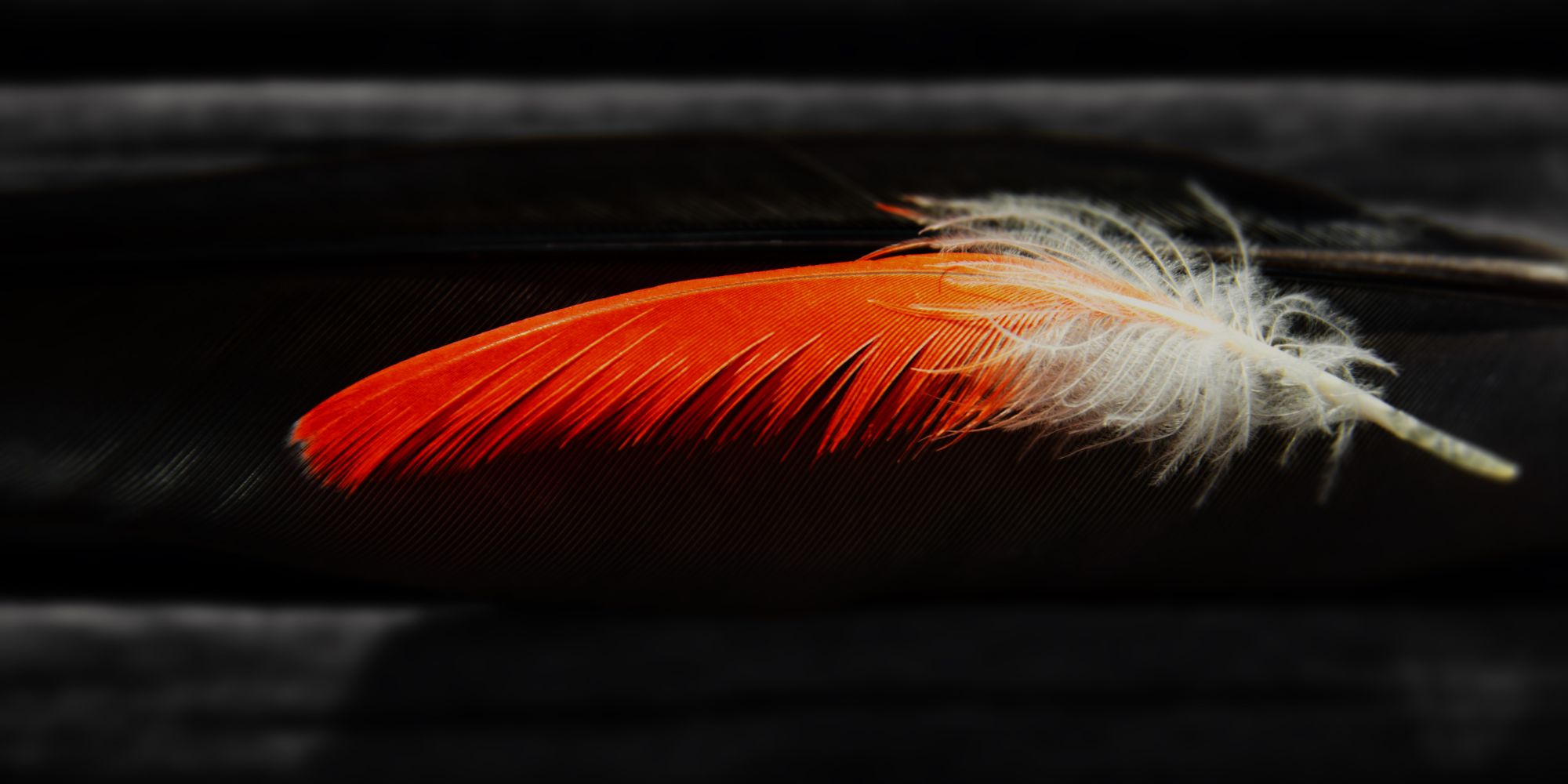
Running Commentary 9/29/2025
Hello,
I’m up to 190 birds seen in my lifetime, with not one but four Wilson’s snipes seen flying overhead of me when I was out watching sandhill cranes come in to roost. I kind of got video of them, though they’d flown a ways off.
Anyway...
Playing...

Warframe
DevStream 189 brought, as usual, a lot of news about the immediate future of Warframe. In the middle of the coming month, we’ll be getting a new update. Here are my notes on the bits that interested me:
- Warframe for Android remains close to a beta release but we still don’t have a firm release date yet. I’m signed up to participate and am looking forward it, but I was really hoping we’d have a date now that it’s Fall 2025.
- Damage Attenuation is getting what should be a fix to make high-level bullet sponges a little less spongey. This I know is something DE has struggled with, balancing players being able to do huge damage (which is largely the point of the game) with making sure that they do have to actually play the game. I’m sure this will make things better, but I’m also pretty sure this won’t be the last time this issue comes up.
- We’re getting a new ‘frame in the next update: Nokko, the fungi-themed ‘frame, who is, indeed, something to do with all those mushrooms that grow on Venus. His powerset is similar to Vauban’s, Protea’s, or Qorvex’s, in that it’s all about deploying buffs and debuffs to the play area; he doesn’t seem like a great choice to bring on an Exterminate or Capture mission, but for more stationary things he seems like he might be fun. I’ll get him farmed as soon as I can and let you know how he does.
- Nullifiers are getting nerfed to keep them from totally defeating certain ‘frame’s whole kits at once. Limbo mains, shocking as this might seem, have suffered enough, apparently. This’ll apply to Oberon’s Hallowed Ground, as well, and speaking of…

- Oberon is getting a re-work. Now, Oberon was my main ‘frame as I played through the Star Chart and the questline — I still play as Oberon in quests, whenever I’m not forced to use Excalibur, for tradition’s sake. But I don’t play as him much besides that anymore, and that’s because his kit has somewhat fallen behind other ‘frames. It’s not a bad kit, but the damage-dealer powers don’t deal much damage and his heals aren’t as good as some other heals. The rework we’ve been shown keeps his powerset unchanged (besides replacing his current, useless Passive with a decent-looking but not overwhelmingly great new Passive) but tweaks pretty much everything to address those utility shortcomings. I expect this will make Oberon a relevant ‘frame again, and I’m looking forward to breaking him out more often.
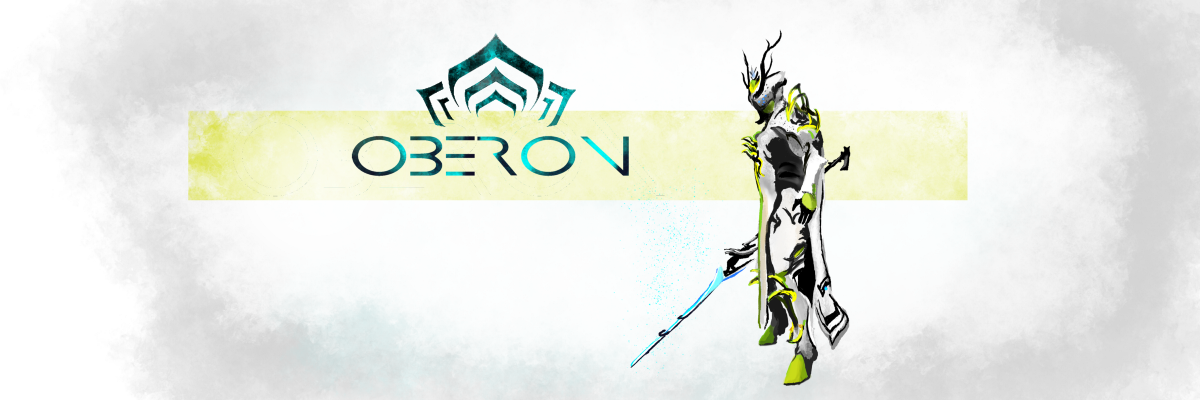
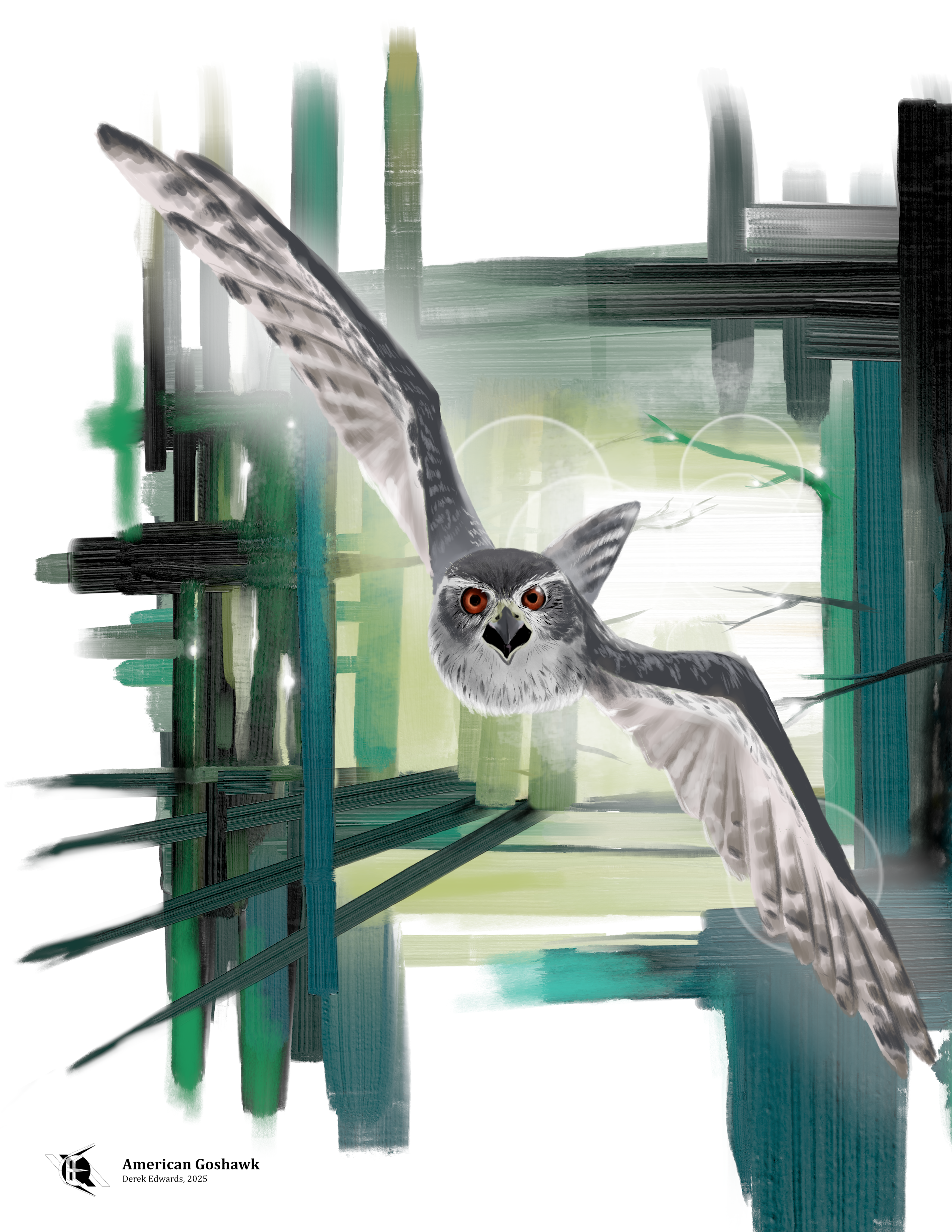
Bird of the Week
I’ve been wanting to draw this for a long time—not just the bird, but this picture. Hopefully you noticed the background of the piece; I can take only limited artistic credit for that. I borrowed it from the style of a Polish painter named Luiza Niechoda. She creates striking landscapes, hand-painted but composed from blocky rectangular strata, leaving them looking almost pixelated.1 I think it her stuff looks really cool, and when I saw one piece in particular — a depiction of a sunlit forest Niechoda entitled Eden2 — I imagined what it would look like with a bird flying out from the opening in the center. My drawing here is that imagined composite work: a study of Niechoda’s Eden with an original Edwards bird superimposed upon it. And if you’re going to show a bird flying through a forest, there’s an obvious choice: a Goshawk.
The American goshawk (pronounced “goss-hawk,” not “go-shock” or “gosh-auk” as the spelling might suggest) is a species recently split out of what had been called the “northern goshawk,” which in turn had simply been “goshawk” in the centuries before the English-speaking world discovered the American variant. The name comes from “goose hawk,” so given because falconers would use them against large game birds.3 Indeed, the Eurasian goshawk, which retains the old “northern” goshawk’s epithet, has the species name gentilis because in medieval Europe only the gentry flew goshawks—they were the only ones allowed to take large game.4 (I should mention, however, that the gentry more often preferred peregrine falcons, which are flashier hunters, so it was often relatively lower-class landowners who flew goshawks.)5,6
Falconry — I'll use the term to refer to all use of birds of prey in human hunting, though some use it more specifically — is an ancient practice found in many of the cultures of Eurasia, and now still practiced by particular enthusiasts around the world. The birds used in falconry are not domesticated, at least not in the proper sense that hunting dogs are. Indeed, before the 20th century, hunting birds were not captive-bred.7 Falconry thus takes a fair bit of cross-species social skill; why a wild hawk would bring a person a quarry that they’d only be able to share, rather than flying off to eat the whole thing, I’m still not entirely sure. I suppose people might offer birds a degree of overall safety that makes it worth sharing meals.
In any case, falconry has only ever been a niche activity in North America. That is, Native Americans didn’t practice it, and European settlers mostly hunted with guns, which had a higher success rate at killing game and which didn’t require befriending.8 So the American goshawk has seen less use in falconry than its Eurasian cousin. But that’s only an accident of history, as American goshawks are also powerful hunters. They’ve been observed killing and eating prey as large as turkeys,9 though they tend toward smaller creatures, especially jays, flickers, grouse, along with squirrels, and rabbits.
Goshawks are remarkably adept at flying through the understory, able to thread through tight gaps between branches effortlessly and reach speeds of more than 30 miles per hour despite these obstacles.10 If a hunt goes well, their prey never knew they were there. Among North American birders, the American goshawk is among the most prized of raptor sightings—its stealthy, low-flying ways making it almost owl-like in its elusiveness.
Scientifically, the American goshawk is Accipiter atricapillus. The genus name comes from a Latin term for hawk, related ultimately to the root word for “star”—though I’m not sure of the connection — with “asturcus” being the Medieval Latin term for the goshawk;4 The species name derives from Alexander Wilson’s Falco atricapillus, or “black-cap hawk” (atricapillus is Latin for “black-haired).4 Wilson described the species based on a single specimen shot near Philadelphia. That specimen was held by the Peale Museum in Wilson’s day and for several decades after his death in 1813. After the Peale Museum closed, much of its material was bought at auction by P.T. Barnum and displayed in his museum until, most unfortunately, it was destroyed in a fire in 1865. Much of Wilson’s ornithological specimens were lost in that fire. But in 2020, the holotype specimen of Accipiter atricapillus was found in the collections of Drexel University, having not, in fact, been part of Barnum’s auction lot.11 Apparently, this is a tricky bird to find, even in death.
- Stewart, Jessica. “Moody Geometric Landscape Paintings Appear to Glow in the Moonlight.” My Modern Met, December 10, 2024. https://mymodernmet.com/luiza-niechoda-night-paintings/.
- Niechoda, Luiza. Eden. 2022. Acrylic on exposed linen. Luiza Creates. https://luizacreates.com/store/originals/eden-20x20/.
- Merriam-Webster.com Dictionary, s.v. “goshawk,” accessed September 29, 2025, https://www.merriam-webster.com/dictionary/goshawk.
- Jobling, J. A. (editor). The Key to Scientific Names in Birds of the World (S. M. Billerman et al. editors), Cornell Laboratory of Ornithology, Ithaca.
- Polklington, Will. “Hunting With Goshawks.” Fieldsports Journal, January 3, 2025. https://fieldsports-journal.com/big-game/hunting-with-goshawks/.
- Bebbington, Roy. “Glorious Goshawk.” The Field, May 12, 2015. https://www.thefield.co.uk/news/glorious-goshawk-24532.
- James H. Enderson, Clayton M. White, and Ursula Banasch, Holarctic Birds of Prey: Proceedings of an International Conference, ed. Robin D. Chancellor and J. J. Ferrero, 1998, 437–44, http://www.raptors-international.org/book/holarctic_birds_of_prey_1998/Enderson_White_1998_437-444.pdf.
- “A Brief History of Falconry in North America - North American Falconers Association,” n.d. https://www.n-a-f-a.com/page/History.
- Bisson, Donald. “Tue 19 Jan 2021 - Ran 3, St-Zacharie - eBird Checklist S79571765.” eBird Qeubec. https://ebird.org/checklist/S79571765
- BBC. “Goshawk Flies Through Tiny Spaces in Slo-Mo! - the Animal’s Guide to Britain, Episode 3 - BBC,” May 5, 2011. https://www.youtube.com/watch?v=2CFckjfP-1E.
- Halley, Matthew R. “Rediscovery of the Holotype of the American Goshawk, Accipiter Gentilis Atricapillus (Wilson, 1812), and a Commentary About Alexander Wilson’s Contributions to the Peale Museum.” Proceedings of the Academy of Natural Sciences of Philadelphia 167, no. 1 (January 26, 2022). https://doi.org/10.1635/053.167.0114.
Curation Links
Dunkin’ and the Doughnut King | Greg Nichols, The California Sunday Magazine
"Ted Ngoy overcame poverty and escaped genocide, made a fortune off doughnuts and gambled it all away. Today, Ngoy is back on top — but America’s biggest doughnut chain could threaten the hundreds of California shops that are his legacy."
The Entire History of Steel | Jonathan Schifman, Popular Mechanics
What it says in the title, really. A summary of thousands of years of metallurgical history, from meteoroid-sourced royal daggers to wrought iron to Bessemer to Carnegie to today.
The battle to control America’s ‘most destructive’ species: feral pigs | Stephen Robert Miller, National Geographic
"No pig or any other member of the swine family, Suidae—which includes warthogs, Russian boar, and domestic pigs—is native to the Western Hemisphere. Those found here today trace their lineage back to a wild boar that likely evolved in Southeast Asia and was imported to the Americas over centuries." A look at one of the worst invasive species in North America, the feral hog, and the methods being used to curtail their advance into the wilderness.
Black Box of the Terraworms | Barton Aikman, Apex Magazine
[FICTION] An account left behind by a horde of terraforming robots of the strange world they devoured to make way for human colonists.
See the full archive of curations on Notion


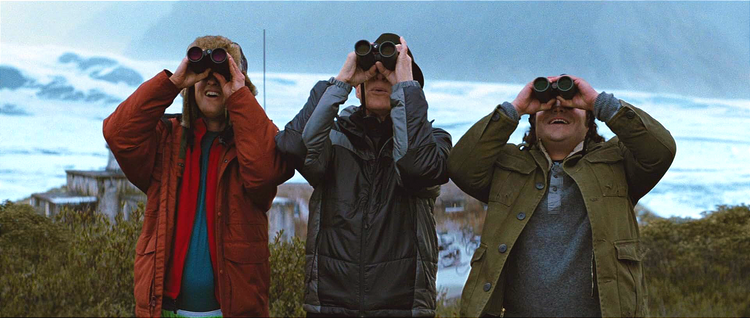
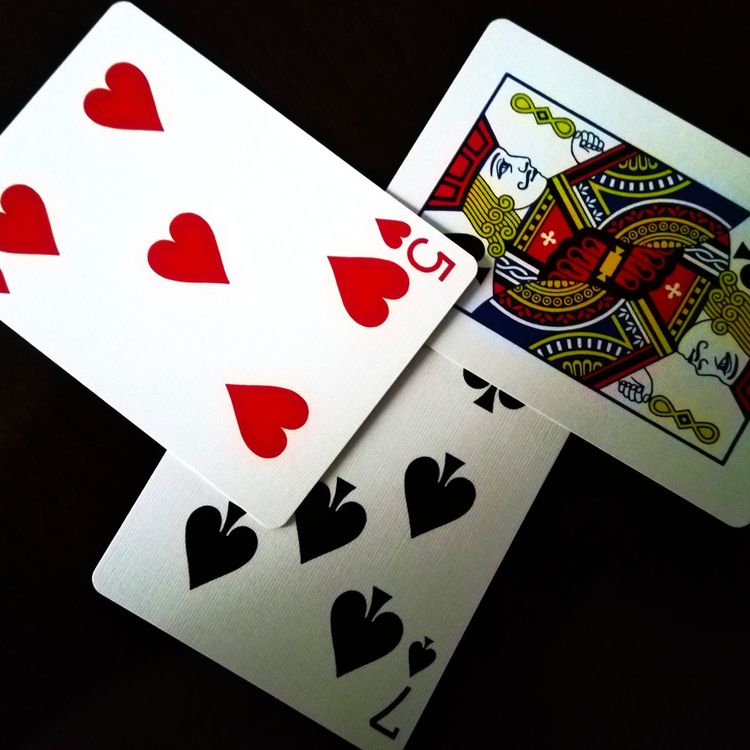

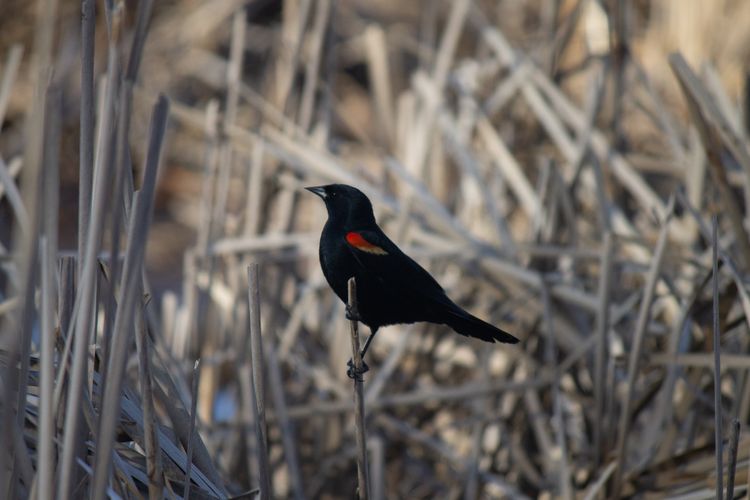
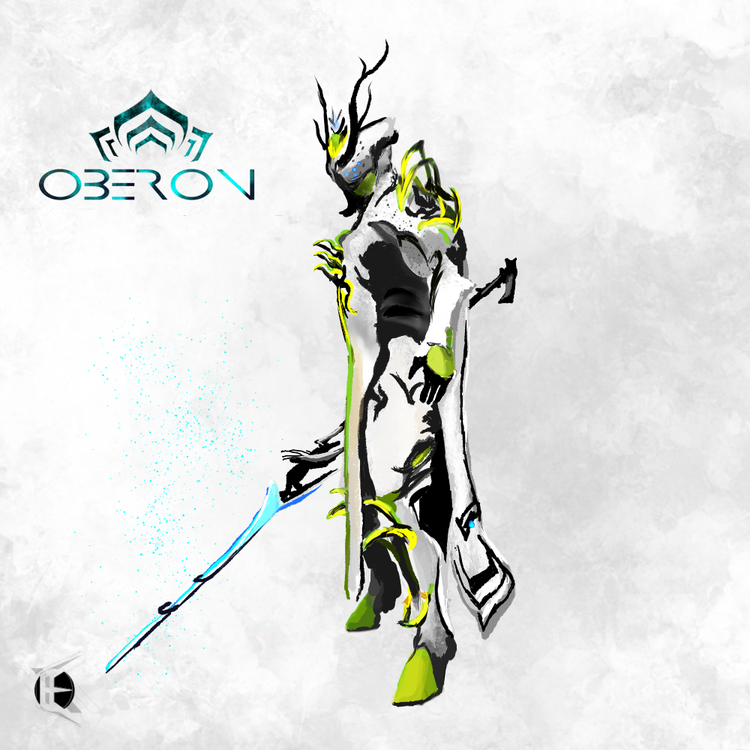
Member Commentary